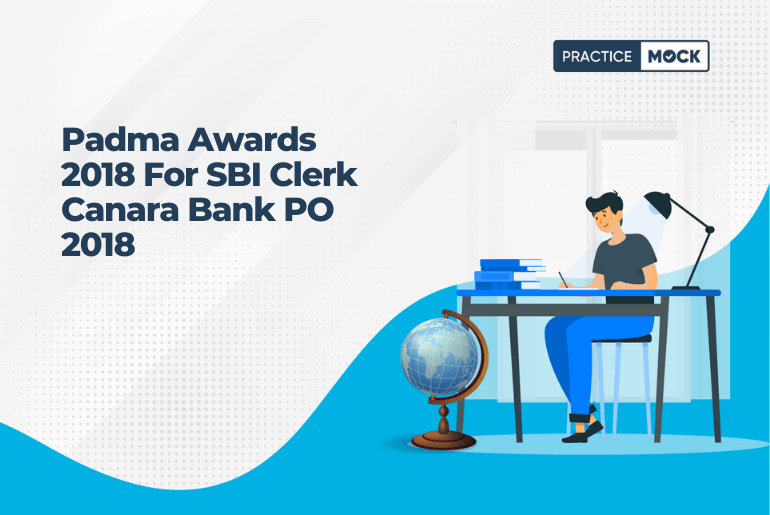

| Name oftheMovement | Date/Year | Details |
| Gandhian Phase | ||
| KhilafatMovement | Oct 17,1919 | The defeat of Turkey in the 1st World War triggered the Khilafat Movement. Indian muslims felt the harsh terms of Treaty of Sevres (1920) as a great insult to them.This communal movement was launched to defend the Turkish Khalifa and to save his empire from dismemberment by Britain & other European powers. Ali brothers, Muhammad Ali, Shaukat Ali, Maulana Abul Kalam Azad and Dr. M. Ansari, among others, started the movement. Hindus united with muslims in fasting and observed a hartal on Oct 17, 1919 which was also known as Khilafat Movement. Later, this movement merged with the Non cooperation movement. Gandhi signed the Gandhi-Irwin Pact with the Viceroy Lord Irwin to call off the Movement and it came to an end on Apr 7, 1934. |
| NoncooperationMovement | Aug 1,1920 | This movement involved surrender of all titles, honorary offices and nominated posts in local bodies.It also involved the boycott of British courts, offices and all kinds of government-run educational institutions. |
| ChauriChauraIncident | 1922 | Some policemen provoked a crowd during the non-cooperation movement and the crowd attacked them; the police opened fire.In retaliation the procession killed 22 policemen and set the police station on fire. Mahatma Gandhi was stunned and decided to withdraw the non-cooperation movement. |
| CivilDisobedienceMovement | 1930 | Launched in 1930 under Gandhi’s leadership; Dandi Salt March violated the Salt Law.British government got angry and imprisoned Jawaharlal Nehru and Mahatma Gandhi. |
| TheIndividualSatyagraha | Aug1940 | Mahatma Gandhi launched Individual Satyagraha which was limited, symbolic and non-violent in nature and continued for nearly 15 months.Acharya Vinoba Bhave and Jawaharlal Nehru were the first and second satyagrahi and were imprisoned for 3 to 4 months respectively. |
| Quit IndiaMovement | Aug08,1942 | Also known as the August Movement, it was a result of Gandhi’s protest against the return of Sir Stafford Cripps. Gandhi tried to negotiate with the British government for India’s independence through this movement.Do or Die (karo ya maro) was the key slogan in this movement. Congress leaders Abul Kalam Azad, Vallabhbhai Patel, Mahatma Gandhi and Jawaharlal Nehru were arrested on Aug 09.First Phase: There were processions, strikes and demonstrations.Second Phase: There were raids on the government building and muncipal houses and post offices, railway stations and police stations were torched.Third Phase: The third phase started in Sep 1942 when mobs attacked police with bombs at Bombay, Uttar Pradesh and Madhya Pradesh.Fourth Phase: Slowly the movement returned to its peaceful form and continued until Mahatma Gandhi was released on May 1944. |
| Other Important Events of India Freedom Struggle | ||
| The HomeRuleMovement | 1916 | Bal Gangadhar Tilak got released after 6 years of jail and along with Annie Besant he launched the Home Rule Movement to attain concessions, disillusionment with Morley Minto Reforms and Wartime miseries. |
| Rowlatt Act | Mar1919 | This act empowered arresting of any person on the basis of suspicion against which no appeal or petition could be filed.Also known as Black Act, it was widely opposed by Indian citizens. |
| JallianwalaBaghMassacre | Apr13,1919 | A public meeting was organized at this Jallianwala Bagh to support the Rowlatt Satyagraha.General Dyer had the firing started on the crowd without any warning killing 379 people and wounding 1,137 people. |
| The SwarajParty | Jan1923 | The suspension of the Non CooperationMovement led to a split within Congress in the Gaya session in December 1922.On Jan 1, 1923 Motilal Nehru and Chittranjan Das formed a separate group within the Congress known as the Swaraj Party to contest the council elections |
| SimonCommission | Nov1927 | British Conservative government appointed Simon Commission under the chairmanship of Sir John Simon ro report on the working of the Indian constitution established by the Government of India Act of 1919.The commission faced criticism as all the seven members were Englishmen with no inclusion of Indians.A large anti-Simon commission demonstration took place and was followed by a lathi-charge in which Lala Lajpat Rai was seriously injured. |
| Poona Pact | 1932 | It was an agreement upon a joint electorate between the untouchables and the Hindus which took place at Yerawada jail in Pune on Sep 24, 1932. |
| CrippsMission | 1942 | To secure Indian cooperation, British government sent Sir Stafford Cripps to India on Mar 23 1942. This was also known as Cripps Mission.Indian political parties rejected the Cripps proposals and Gandhi termed them as a post dated cheque. |
| The CabinetMission | 1946 | Pathick Lawrence, Sir Stafford Cripps and A V Alexander were sent to India on Mar 15, 1946. There was a historic announcement in which the right to self-determination and the framing of a Constitution for India were conceded. |
Recent Posts
500+ GA Important Questions For IDBI JAM PGDBF 2025 Exam
In this article we are providing the 500+ GA Important Questions For IDBI JAM PGDBF…
11 hours ago
Which is Easier to Crack, the RBI Grade B or the NABARD Grade A?
Wondering which exam is easier to crack: RBI Grade B or NABARD Grade A? Find…
12 hours ago
SSC CGL Reasoning Mock Test Free Based On Previous Year Question Papers
In this blog, we have provided the SSC CGL Reasoning Mock Test Free Based On…
12 hours ago
SSC CGL Quant Previous Year Questions, Free PDF & Topic-Wise Tests
In this blog, we have provided the SSC CGL Quant Previous Year Questions. You can…
13 hours ago
SSC CGL Reasoning Previous Year Questions, Free PDF & Topic-Wise Tests
In this blog, we have provided the SSC CGL Reasoning Previous Year Questions in the…
13 hours ago
RBI Grade B Notification 2025, Eligibility, Exam Date, Online Form
Get all the information you need about RBI Grade B 2025 Notification, including Exam Date,…
13 hours ago


